Coming to America in the '60s
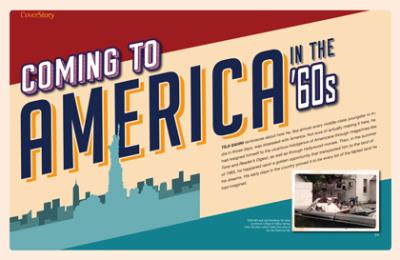
TEJI SAHNI reminisces about how he, like almost every middle-class youngster in India in those days, was obsessed with America. Not sure of actually making it here, he had resigned himself to the vicarious indulgence of Americana through magazines like Time and Reader’s Digest, as well as through Hollywood movies. Then, in the summer of 1965, he happened upon a golden opportunity that transported him to the land of his dreams. His early days in the country proved it to be every bit of the fabled land he had imagined.
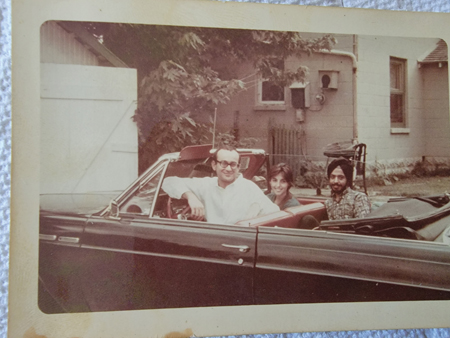 With a bow tie adorning his crisply ironed shirt, S. L. Ahluwalia was one nattily dressed geography teacher in our high school. What made an even bigger impression on us, his students, were his stories from his time in the U.S. Having just returned from studying there, he was our window into America. It was the late 1950s, and the U.S.A. had caught the world's imagination. This nation, that was a trailblazer in science, technology, robust capitalism, and democratic values, was beckoning aspiring youngsters like me from across the world, especially in India.
With a bow tie adorning his crisply ironed shirt, S. L. Ahluwalia was one nattily dressed geography teacher in our high school. What made an even bigger impression on us, his students, were his stories from his time in the U.S. Having just returned from studying there, he was our window into America. It was the late 1950s, and the U.S.A. had caught the world's imagination. This nation, that was a trailblazer in science, technology, robust capitalism, and democratic values, was beckoning aspiring youngsters like me from across the world, especially in India.
[Right] With Mel and Gail Steinberg, his hosts at Antioch College in Yellow Spring, Ohio, the place where Sahni first came to live the American life.
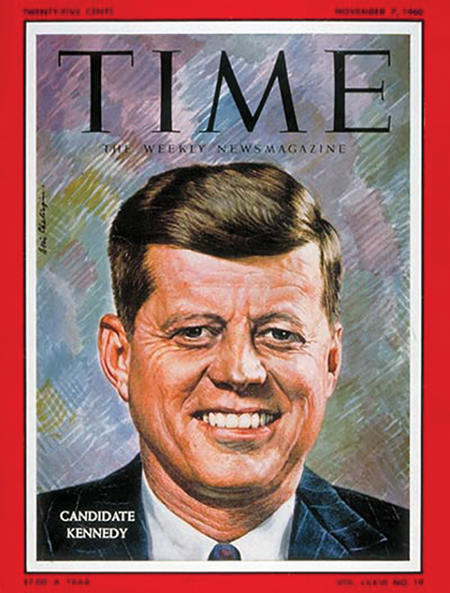
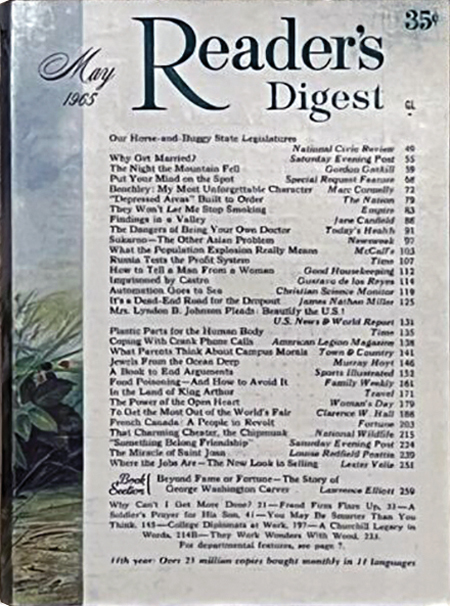
As a young man, Teji Sahni was obsessed about America—making him a regular reader of Time magazine and Reader’s Digest.
In our geography class, we sat around a large oval table as Mr. Ahluwalia used audio-visual tools to take us on journeys around the globe. The majesty of the Grand Canyon, the awesomeness of Niagara Falls, the skyscrapers of New York City, and the vast network of highways with large cars moving at incredible speeds were brought to life on the screen in our classroom. He would pepper his lessons with anecdotes about American life and culture, describing—for instance—how Elvis Presley had cast a hypnotic spell on the country’s youth. I was downright smitten with America, thanks in no small part to these memorable sessions with Mr. Ahluwalia.
My interest in the U.S. continued after I joined St. Stephen’s College, Delhi, in 1959. Arguably a bastion of elitism, St. Stephen’s was a magnet that drew students from well-known boarding schools from around the country. In our Economics Honors class of 30 students, classmates would make plans to continue their education abroad after graduation.
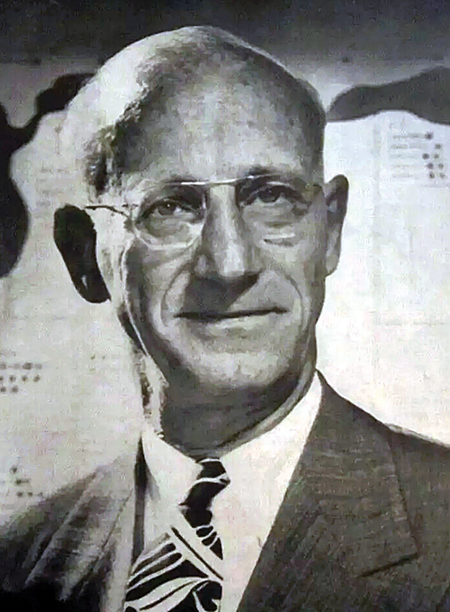 As my parents couldn’t afford to finance my education overseas, I had to satisfy my interest in America vicariously. Reading the weekly Time magazine and the monthly Reader’s Digest became an addiction. In 1960, my classmate, Sarwar Lateef, and I were fortunate to be invited to watch the Kennedy-Nixon TV debate in the auditorium of the U.S. Information Service. We both felt Kennedy had triumphed, and I was impressed to see how well the U.S. democracy functioned. Sarwar eventually settled in the U.S. after graduating with a degree in economics from Cambridge University and became a leading global economist.
As my parents couldn’t afford to finance my education overseas, I had to satisfy my interest in America vicariously. Reading the weekly Time magazine and the monthly Reader’s Digest became an addiction. In 1960, my classmate, Sarwar Lateef, and I were fortunate to be invited to watch the Kennedy-Nixon TV debate in the auditorium of the U.S. Information Service. We both felt Kennedy had triumphed, and I was impressed to see how well the U.S. democracy functioned. Sarwar eventually settled in the U.S. after graduating with a degree in economics from Cambridge University and became a leading global economist.
[Right] Sahni greatly values his lifelong relationship with Clarence Francis, the chairman of General Foods and Studebaker-Packard. He first met Francis as a young tourist guide in New Delhi when he was tasked with being the guide for Mr. and Mrs. Francis. (Photo: Forbes Magazine).
We college students enjoyed watching Hollywood films in theaters like Rivoli, Odeon, Regal, and Plaza in the tony shopping center of Connaught Place and soon became fans of actors like Dean Martin, Jerry Lewis, Cary Grant, and Rock Hudson. The local All India Radio station used to broadcast a request program on Friday evenings called “A Date with You,” featuring the latest pop hits from America. Listening to this much-anticipated program became a must with us students.
The roots of a lifelong friendship with an American couple
With my interest in foreign shores, particularly America, I jumped at an opportunity offered by the tourism department of New Delhi to the students at St. Stephen's College—serving as tourist guides for visiting international dignitaries. I thoroughly enjoyed connecting with distinguished foreigners. Often, these outings would be in large American cars that were used as limousines for affluent visitors.
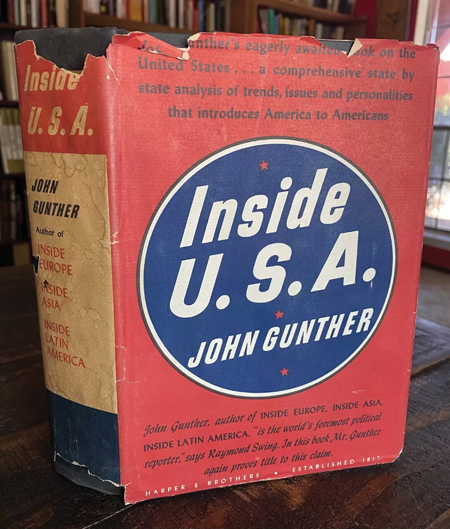
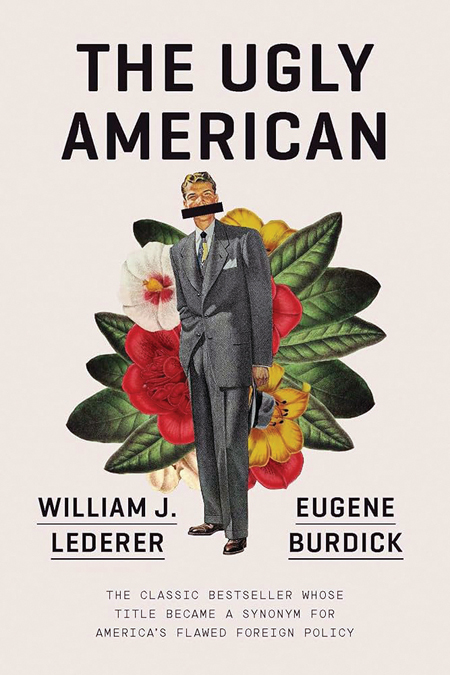
To prepare for the visit, Sahni read two books: Inside U.S.A. by the well-known journalist and author John Gunther; and The Ugly American by Eugine Burdick and William Lederer.
In one such instance, as we settled into our Chevy Impala, my guest pointed out another regal-looking American car to his wife. To flaunt my knowledge of the U.S. auto industry, I proudly identified it as a Studebaker, adding that these cars were no longer manufactured in the U.S., with production confined only to Canada. With an amused smile, the gentleman said, “Son, I should know. I was the chairman of the Studebaker Corporation at the time of this transition.”
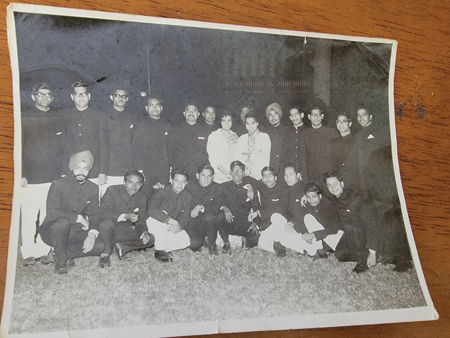
[Top] Sahni (front row, left) with his fellow sojourners selected for the cross-cultural study program in the U.S. (1965).
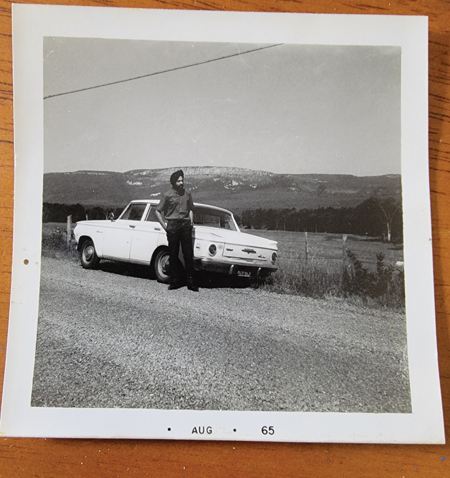 I was floored! My awe of my guest only increased as I learned that Mr. Clarence Francis, prior to his leadership at Studebaker-Packard, was the chairman of General Foods, where he was credited for turning around a losing company into a profitable giant.
I was floored! My awe of my guest only increased as I learned that Mr. Clarence Francis, prior to his leadership at Studebaker-Packard, was the chairman of General Foods, where he was credited for turning around a losing company into a profitable giant.
[Right] Sightseeing around Putney, Vermont, on just his second day in the U.S.
Throughout my subsequent outings with Mr. and Mrs. Francis, in my role as their tour guide, they showed only mild interest in being photographed at our historical monuments. Instead, they seemed more interested in conversing about the Indian economy, food shortages, educational system, religious traditions, and pronounced regional diversity. His curiosity about India's many challenges impressed me. Our conversations were engaging, and we formed a bond. They graciously agreed to my invitation to visit my home, where they enjoyed meeting my parents. Little did I know then that our paths would cross again, and a lifelong friendship would follow despite an age difference of about 50 years between us.
America, here I come!
I earned a master’s degree in 1964 and became a lecturer of Economics at Delhi University. By now, my interest in going to America had become an obsession. When I learned about a U.S.-sponsored program 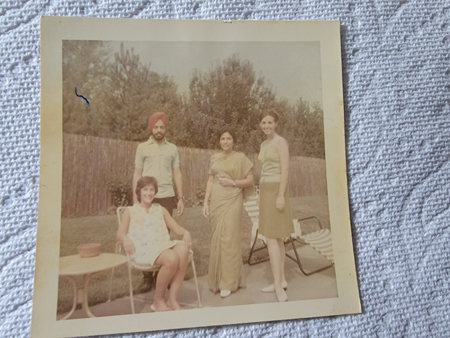 that enabled young professionals to have a cross-cultural experience in that country, I applied immediately and was thrilled upon being selected! I was going to be a part of a group of fellow college teachers from across India for an eight-week stay in America in the summer of 1965.
that enabled young professionals to have a cross-cultural experience in that country, I applied immediately and was thrilled upon being selected! I was going to be a part of a group of fellow college teachers from across India for an eight-week stay in America in the summer of 1965.
[Left] Sahni, with one of his colleagues (in the Sari), and their American hosts.
To prepare for the visit, I remember reading two books. One was Inside U.S.A. by the well-known journalist and author John Gunther. In over 900 pages, Gunther provided incisive observations from his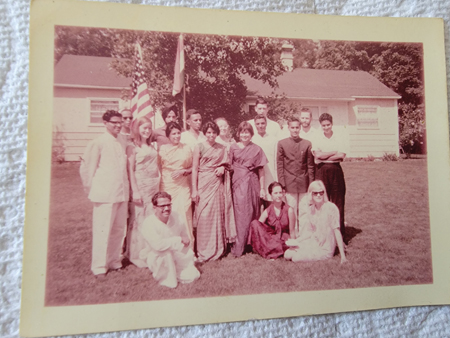 cross-country travels on race relations, labor, farm life, the politics of the big cities, and more—a perfect primer to American life. The second book, by Eugine Burdick and William Lederer, was The Ugly American, first published in 1958. The latter was a political novel that depicted the failures of the U.S. diplomatic corps in Southeast Asia. A bestseller that caused a sensation in diplomatic circles, it reportedly contributed to the formation of the U.S. Peace Corps in the Kennedy era.
cross-country travels on race relations, labor, farm life, the politics of the big cities, and more—a perfect primer to American life. The second book, by Eugine Burdick and William Lederer, was The Ugly American, first published in 1958. The latter was a political novel that depicted the failures of the U.S. diplomatic corps in Southeast Asia. A bestseller that caused a sensation in diplomatic circles, it reportedly contributed to the formation of the U.S. Peace Corps in the Kennedy era.
[Right] Celebrating Indian Independence Day with fellow teachers from India and some of their hosts in Yellow Springs, Ohio.
I went to the U.S. Embassy in Delhi’s exclusive Diplomatic Enclave to receive my visa. With its air-conditioned comfort, the embassy was a welcome oasis in a city besieged by the scorching heat of June. The impressive building was designed by the same architect who later designed the Kennedy Center for the Performing Arts in Washington, D.C.
Given India’s precarious foreign exchange reserves, we were allowed to take only $8 to America. To conserve this paltry amount, I remember visiting Delhi’s Central Post Office to purchase international postal coupons, which we could use at American post offices to obtain international aerograms.
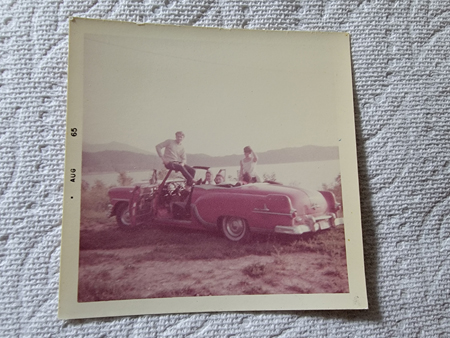 For the trip, I bought a couple of “bleeding” Madras shirts, which were considered preppy in those days. The fabric was woven in plaid pattern using vegetable- dyed cotton yarns. Since no chemical dyes were used, the colors bled with each wash, and the fabric acquired different hues, giving it that trendy look.
For the trip, I bought a couple of “bleeding” Madras shirts, which were considered preppy in those days. The fabric was woven in plaid pattern using vegetable- dyed cotton yarns. Since no chemical dyes were used, the colors bled with each wash, and the fabric acquired different hues, giving it that trendy look.
[Left] On a weekend trip with newly-formed American friends at Antioch College.
Much excitement was in the air when our group gathered at the Lodhi Hotel in New Delhi for two days of orientation. We had the opportunity to get acquainted with each other and learn more about our upcoming sojourn. Our group of 10 college teachers had eight men and two women. Other people traveling with us included medical doctors, business executives, and postgraduate students. I couldn’t wait to get on the flight for our epic adventure in America.
Champagne on the chartered Pan-Am flight
Well-groomed air hostesses welcomed us inside the Pan- Am flight to the U.S. In those days, international air travel was beyond the reach of the middle class, and those who traveled by air used to dress up for the flights. We were served champagne in fancy flutes and meals in real china, along with gleaming silverware. Postcards with photos of famous places were available for us to drop a line or two to our loved ones.
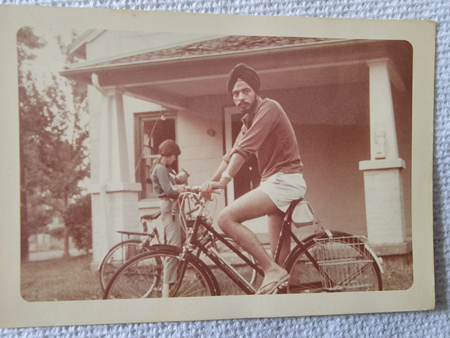 [Right] Sahni was provided a bicycle to commute around the college campus.
[Right] Sahni was provided a bicycle to commute around the college campus.
More passengers from other countries joined us at transit stops in Tehran, Beirut, Istanbul, Athens, Geneva, and Ireland. At about 150 passengers, the aircraft was now almost at full capacity. All the passengers were dressed elegantly, with many of the men in suits and ties. By the looks of it, we could well have been a UN delegation. Like a carnival, a cheerful atmosphere prevailed as we flew over the Atlantic. People walked up and down the aisle, meeting, greeting, and getting acquainted. As a Sikh with a conspicuous turban, I became the subject of more attention than usual. The Lebanese and the Israelis were jointly singing “Hava Nagila,” a Jewish folk song, with much gusto. This was before the souring of Arab-Israeli relations following the 1967 war.
In the land of my dreams: picturesque Vermont
With all the excitement, we did not get a wink of sleep during the flight. We landed at the small Bradley Airfield in Hartford, Connecticut, and from there, boarded air-conditioned coaches on a sunny afternoon to Putney, Vermont. The twohour drive through the rolling hills was just gorgeous. I recall the beautiful homes, some with their own swimming pools, along the scenic drive. It was a dreamlike, unforgettable experience, as the New England countryside turned out to be as lovely as was imagined by me from what I had read about it.
Upon arrival at the Program campus in Putney, we were ushered into our dormitories. The jet lag had finally caught up, and I promptly hit the bed for what I thought would be a quick afternoon nap. After what turned out to be a two-hour nap, I rushed out for a scheduled outdoor dinner and was quitesurprised to see full daylight even though it was late evening. I had never been this far north of the equator and was not used to daylight at dinner time.
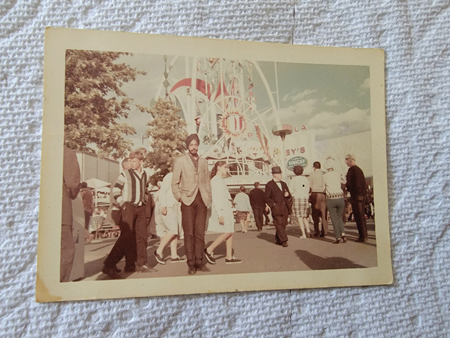
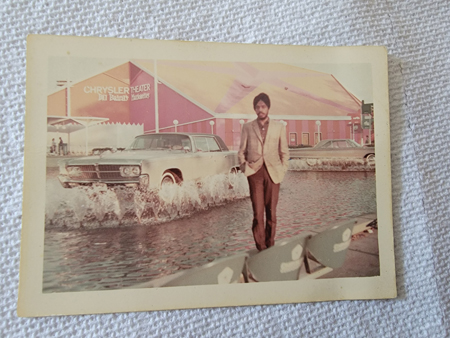
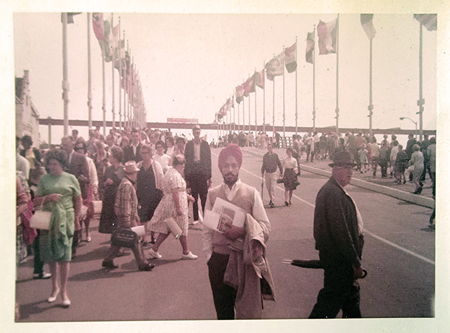 There could not be a more picturesque setting than the site of our two-day orientation from where we would all disperse to our assigned destinations. Participants huddled around several rotisserie grills as the sun set amidst the lovely hills in the background. Seeing plentiful plump chickens on the grills reinforced my perception of America as a land of abundance. The poultry industry in India had not yet developed, and chicken was considered relatively more expensive than the staple mutton. However, the rotisserie chicken turned out to be quite bland for my taste. I was used to well-marinated chicken in spicy gravy. For the rest of my stay in the U.S., grilled cheese sandwiches with a bag of chips became my favorite meal.
There could not be a more picturesque setting than the site of our two-day orientation from where we would all disperse to our assigned destinations. Participants huddled around several rotisserie grills as the sun set amidst the lovely hills in the background. Seeing plentiful plump chickens on the grills reinforced my perception of America as a land of abundance. The poultry industry in India had not yet developed, and chicken was considered relatively more expensive than the staple mutton. However, the rotisserie chicken turned out to be quite bland for my taste. I was used to well-marinated chicken in spicy gravy. For the rest of my stay in the U.S., grilled cheese sandwiches with a bag of chips became my favorite meal.
[Left] Scenes from his memorable visit to the New York World Fair, 1965.
My immersion into American life in a small college town
After a long, tiring bus journey, the ten host families at Antioch College in Yellow Spring, Ohio, received our group of college teachers. My hosts were a young couple, Mel and Gail Steinberg. Mel was an Assistant Professor of Mathematics, while Gail was a housewife. They did not have any children at the time but were preparing for the arrival of a child they were adopting from Vietnam. They warmly welcomed me to their two-story home, and my immersion in American life began.
I gave lectures on the Indian economy, attended some classes, and participated in sporting, social, and cultural activities. Mel and Gail would invite their friends for dinner and discussions, and we, in turn, were invited to the homes of other faculty members. I fell in love with the idyllic American life of the small college town. People did not lock their homes. There was very little motorized traffic, and the company of faculty and students was stimulating. I was given a bicycle to commute around the campus. TV had not yet arrived in India, so it fascinated me, even if it was in black and white then. I remember being mesmerized watching Sony and Cher sing “Got You Babe,” which was on top of the billboards in 1965. Watching the Lucy Show became a ritual during my stay there.
My prominent hosts in New York City
While the final week of our visit included a week’s lodging in a hotel in New York City, we also had the option of making our own arrangements. Since I had been in touch with Mr. and Mrs. Clarence Francis, they had invited me to stay with them at their home. This turned out to be the highlight of my trip. It was a privilege to be hosted by the Francises at their beautiful, spacious home in Bronxville, New York. Their
housekeeper, a middle-aged lady, was a good chef and made me feel special by offering a choice of foods to address my “foreign” palate. Their hospitality was warm, affectionate, and unforgettable.
Despite his high-profile and busy schedule, Mr. Francis, along with his wife, took the time to show me around the city. We watched shows and dramas in the city's famous theaters. The high-profile couple also belonged to several clubs, which became our regular hangouts during my time with them. One memorable outing with them was to the 1965 New York World Fair. I vividly remember being greeted and ushered into a private entrance to the very popular General Electric Pavilion at the Fair. I was gifted with a 45-rpm recording of their musical show with a catchy jingle of “A great big, beautiful tomorrow.”
Thanks to Mr. Francis, I met nationally prominent corporate leaders such as James Stillman Rockefeller, the chairman of the First National City Bank of New York, which is now Citicorp. He was also the grandson of William Rockefeller, the iconic American tycoon. My treasured relationship with the Francises continued to blossom throughout the subsequent years, first when I served in the
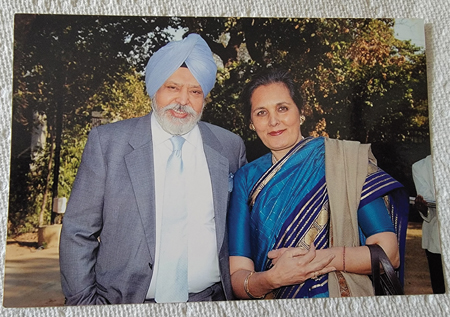 Indian Embassy in Washington DC, in the early 1970s, and then during my reassignment to the U.S. in 1985. At that time, Mrs. Francis had already passed away, and Mr. Francis, at 97, was battling cancer. Yet, he had us over for lunch at his home. He gifted our children, each with a watch.
Indian Embassy in Washington DC, in the early 1970s, and then during my reassignment to the U.S. in 1985. At that time, Mrs. Francis had already passed away, and Mr. Francis, at 97, was battling cancer. Yet, he had us over for lunch at his home. He gifted our children, each with a watch.
[Right] A recent photo of Mr.Teji Sahni and his wife, Mrs. Anita Sahni.
A famous quote of Mr. Francis, from his time as chairman of General Foods, on the philosophy of management, has made an indelible impression on me: “You can buy a man’s time, you can buy a man’s physical presence at a given place, you can buy a number of skilled muscular motions per hour or day; you cannot buy enthusiasm, you cannot buy initiative, you cannot buy loyalty, you cannot buy devotion of hearts, minds and souls. You have to earn those things.” He had certainly earned our unwavering respect. I was a young “nobody” from India. Mr. Francis had opened doors for me to meet folks from the highest echelons of the U.S. corporate world.
Looking at the rearview mirror in the sunset years of my life, I cherish my American journey, where I have found welcoming acceptance, warm hospitality, and opportunities to flourish as a family. I am fortunate to have seen the golden years of the American dream.
As an Indian civil servant, Teji Sahni’s job took him on assignments to different parts of India, Europe, and the U.S. Retiring from the Indian Audit and Acccounts Service (IAAS), he transitioned to the private sector in the U.S.A. Resident of Atlanta since 1985, he founded the International Club of Atlanta, a prominent forum for fostering cross-cultural ties between leaders from all disciplines.
Enjoyed reading Khabar magazine? Subscribe to Khabar and get a full digital copy of this Indian-American community magazine.
blog comments powered by Disqus










